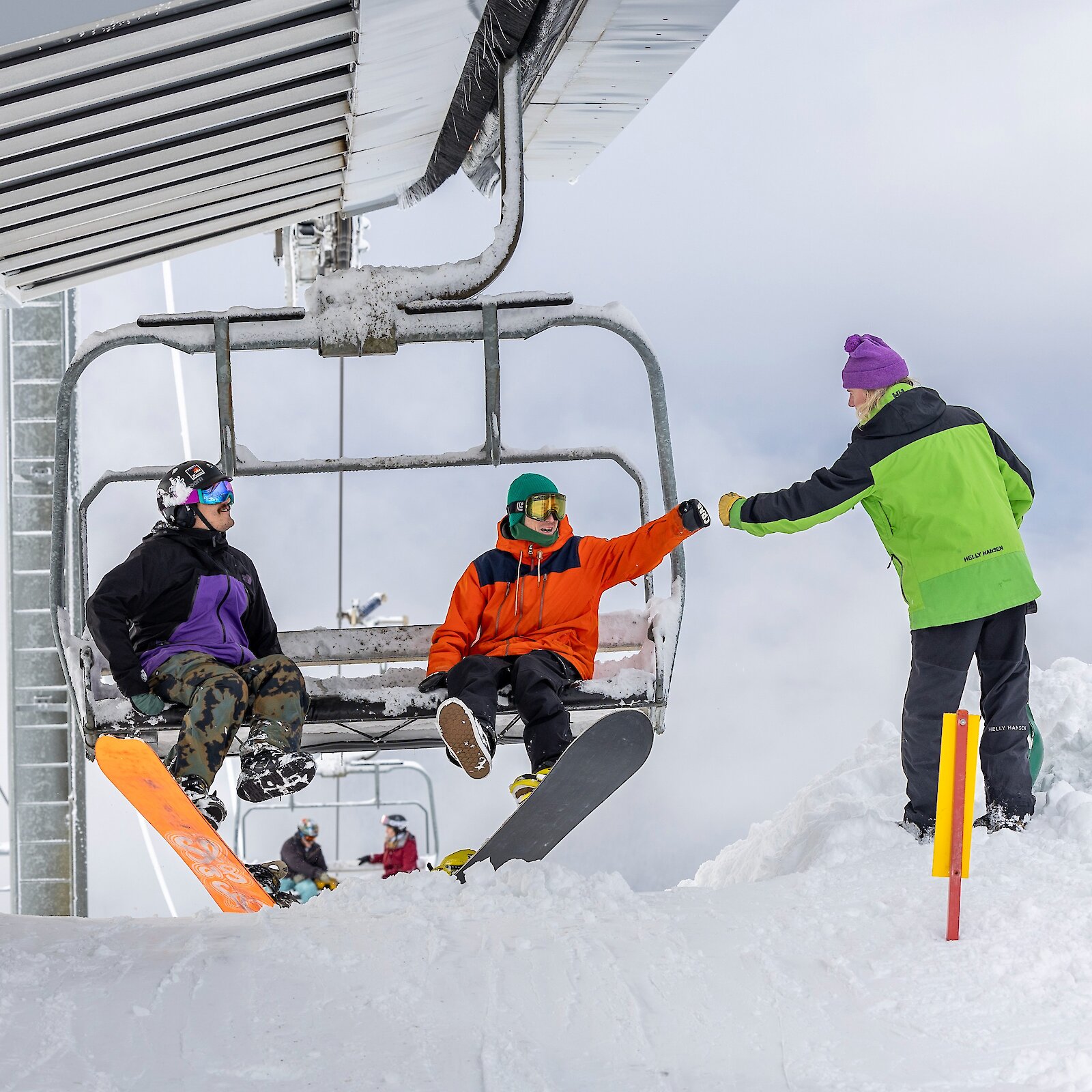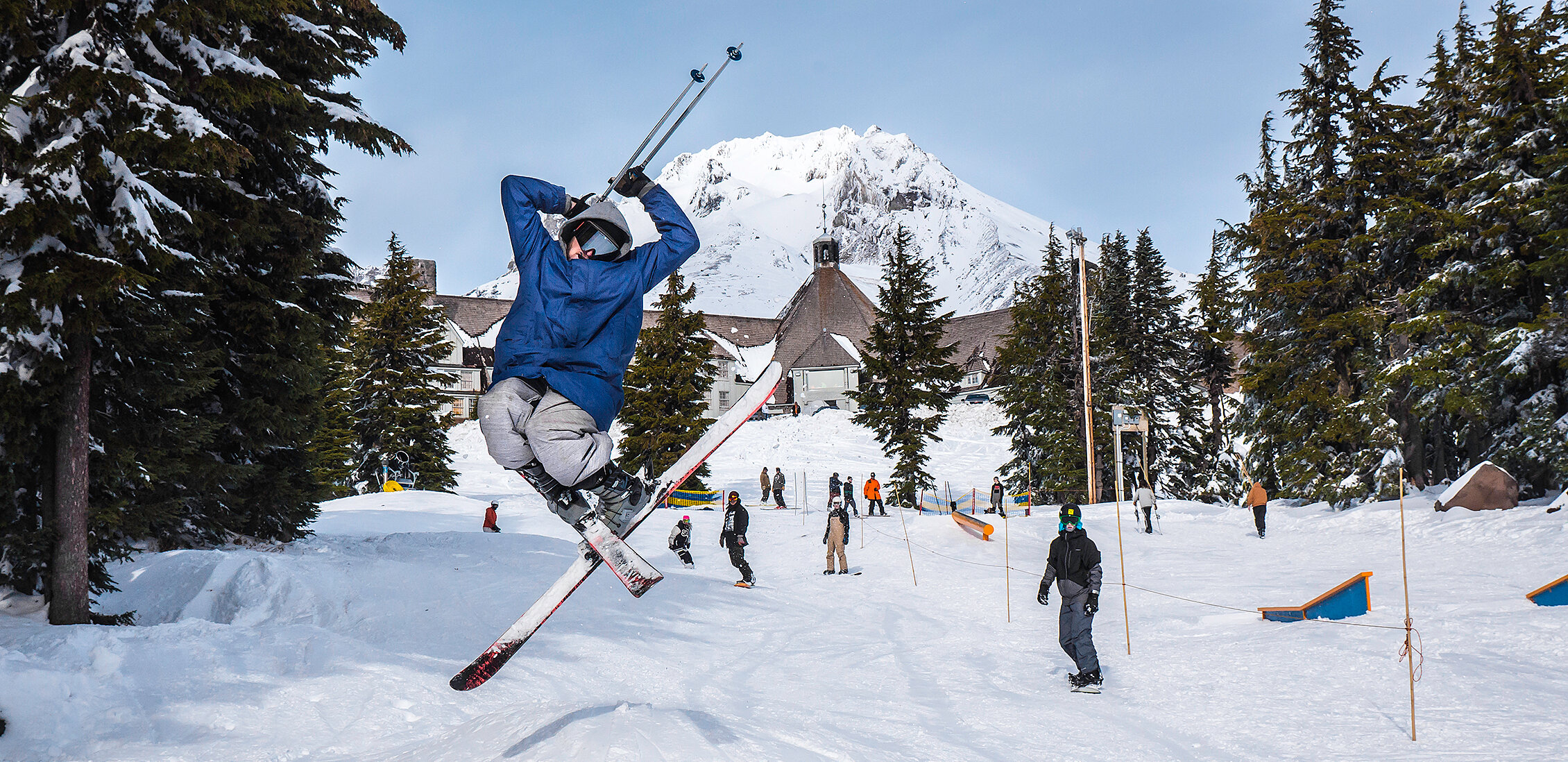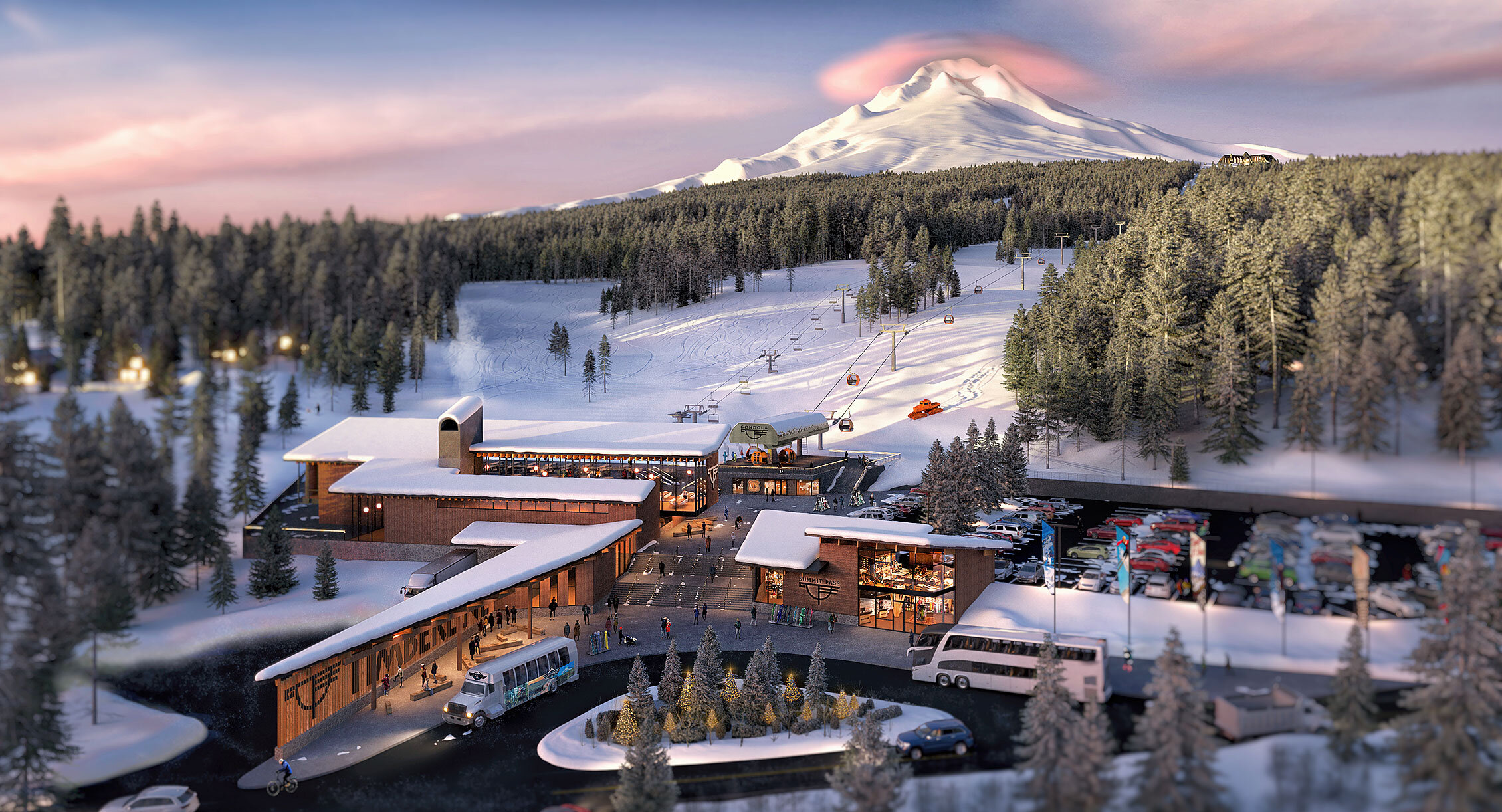About Us We Are Timberline
Built in 1937 on the south slope of Mt. Hood, Timberline Lodge is a National Historic Landmark and beloved mountain retreat. At 6,000 feet, this iconic alpine lodge continues to serve its original purpose as a year-round destination for skiing, hiking, and adventure. A symbol of the Pacific Northwest spirit, Timberline welcomes nearly two million visitors each year.

Proud to be Your Host
We provide exciting, family-friendly skiing, snowboarding, mountain biking, and year-round recreation. We offer the best in historic lodging, fine dining, and memorable experiences. We practice historic preservation and environmental stewardship. We provide a safe and warm family atmosphere. We provide jobs and economic stimulus for our local community. We display a high level of social responsibility and maintain a safe and healthy working environment. We are committed to diversity and inclusion of all people in all aspects of what we do.
We support each other. We are positive. We are authentic.
Who We Are






